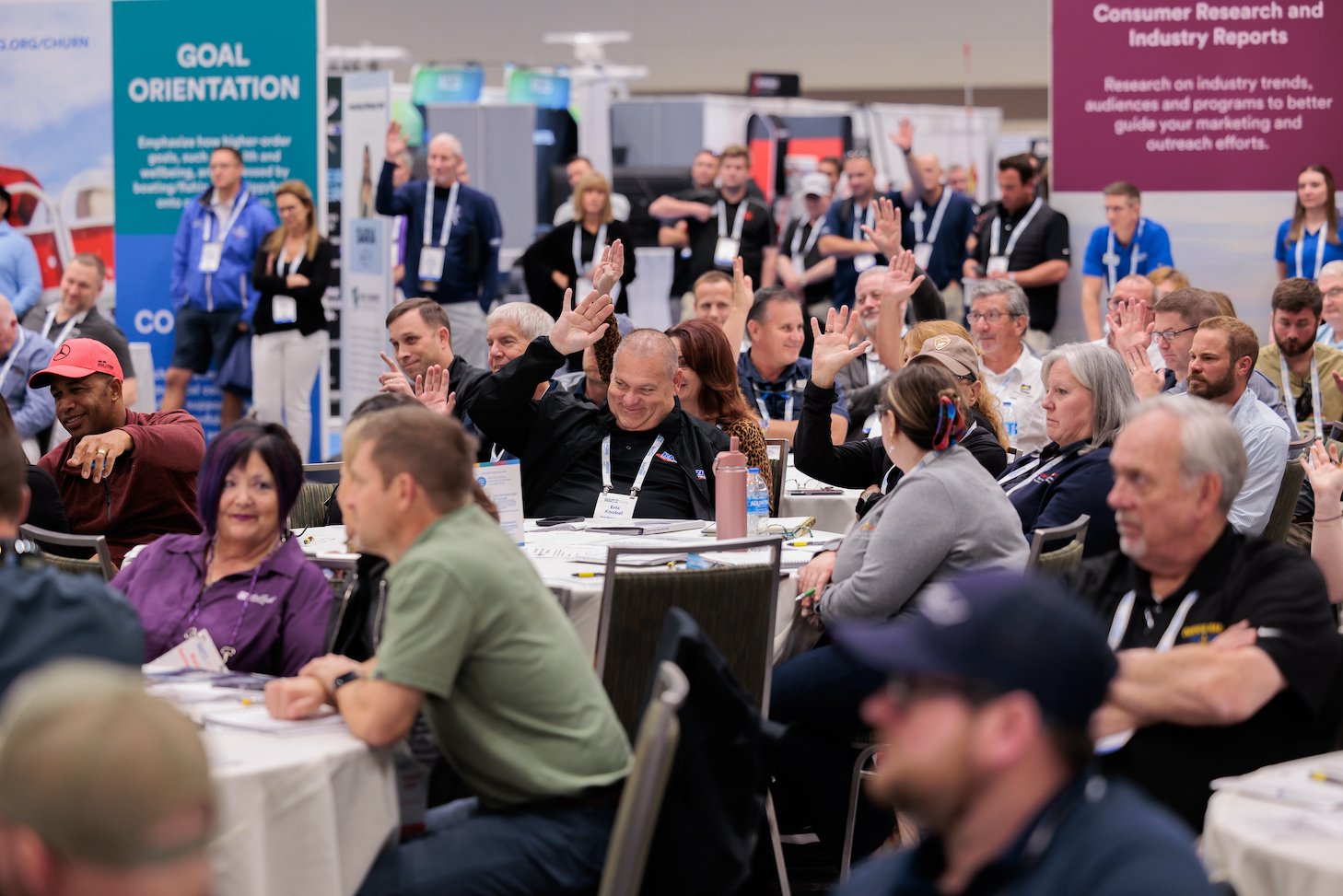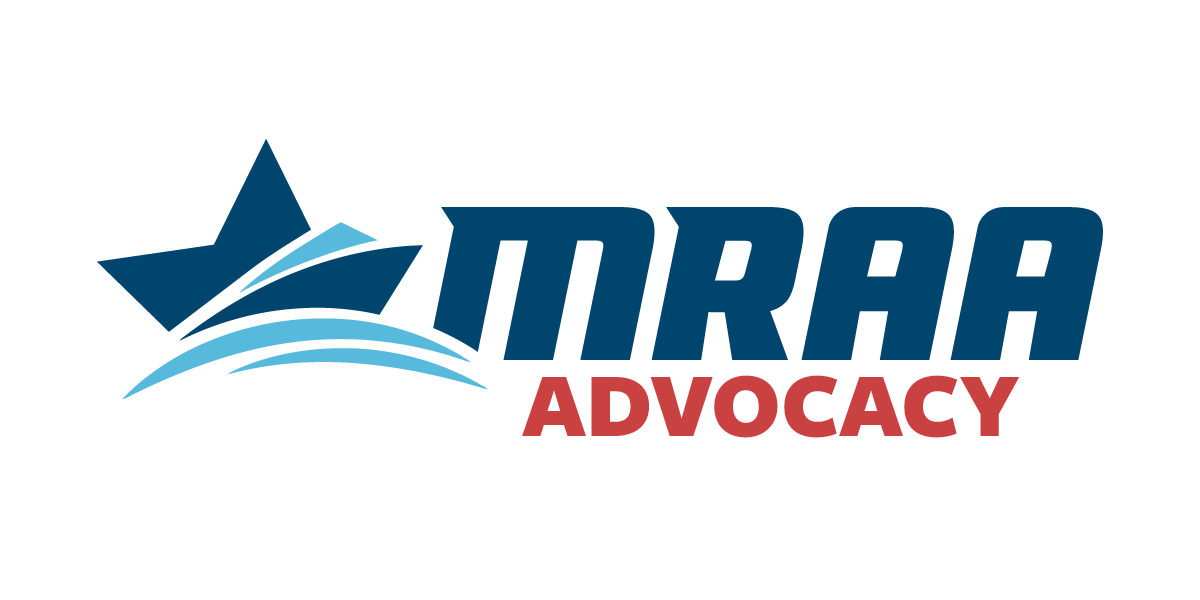By Valerie Ziebron, President, VRZ Consulting
“When you don’t get what you want, you get a lesson.”
The silver lining of almost every dealership failure is the opportunity to learn from it and improve
your business practices.
When a boat has to come back to the shop, chances are good the reason is not unique to that one customer visit. The quicker your
dealership can identify, share and fix the issues, the better it is for your customers, your team and your bottom line.
Identify Where the Problem Stemmed From
Notice it said “where” the problem stemmed from, not “who.” When you identify the root causes for service failures, it can be tempting to point fingers
and assign blame.
“Joe was the tech, and it’s back in for the same complaint. It must be his fault.”
Not so fast! Maybe there wasn’t enough information
on the work order or maybe the customer withheld important information.
“Then it’s the service advisor’s or the customer’s fault!”
Maybe it is, and maybe it isn’t, but pinning blame rarely gets improved teamwork and results. It’s a lot more productive to start by looking at where it went
wrong and what needs to be adjusted in the process.
Is your shop experiencing issues with any of the common culprits that create comebacks, such as:
- Not enough good communication at write-up?
- Wrong information on the work order?
- Dispatched to a non-qualified tech?
- Part failure or correct parts not available?
- Unable to properly duplicate or diagnose the issue?
- No quality control of the boat or of the ticket?
- Special tools or diagnostics not available or not working properly?
- Or is it something else?
Comebacks can creep into unlikely places beyond those listed, so it’s important o look at each rework visit and identify what happened and why. Changes in
seasons, staffing and countless other things can make identifying the cause of the rework a moving target.
This is why it’s so important to rely on facts, not
gut feelings.
You want to determine what team members were involved with the write-up, dispatch, diagnosis, parts procurement, repair and quality control, and where
it went wrong.
If your service team can put their heads together to agree on how it could have been prevented, it’s a lot less likely it will be an issue moving forward. For
this to happen, we have to bring it to their attention.
Share the Information with Your Team
They need to know what has been creating comebacks and why it’s hurting customer satisfaction and shop efficiency. If they don’t know about it, they
can’t fix it.
It starts with surveying your service customers. Then, most importantly, is that information being shared in a constructive way with the people who can use it
to improve the customers experience?
Often, in service, bad habits are formed and enforced over time because no attention is paid to how they are impacting our results. Why change if everything
seems okay? After a while, it becomes “how we’ve always done it.”
If your team currently acts defensive when negative feedback is being shared, you might need to change your tactic on how you share the info or who is doing
the sharing.
One dealership found that it was more effective to put their service advisors in charge of reviewing and sharing the service feedback with the team. The
dealer explained:
“We used to have a manager share the survey results, but the advisors were the ones who knew the back stories on what happened. The
whole shop seemed to take more ownership of it when it came from one of their own. They didn’t want it to need management intervention.”
The more we share tangible results on shop numbers and customer feedback with the team in an empowering way (rather than an accusatory way), the
better that information will be received and acted upon.
Fix the Process
The big question is: “What can we do to prevent this in the future?” No one is better suited to answer that question and to make the needed adjustments
stick than the people who do the actual work, day in and out.
Service and parts workers can fix a lot more than boats. They can improve and fix processes, if they see the need to change and are given the opportunity to
make the adjustments.
The more the frontline service and parts workers are involved in creating the process adjustments needed to fix the issues, the more ownership of it they
will take and the easier it will be to make the changes.
Time for a reality check. Many dealerships avoid looking too closely at comebacks. Instead, they fix them one at a time. If this is your approach, it is
costing you in both customer loyalty and shop profitability.
When we lose a boat sale, most good dealerships and sales pros want to find out why. Did someone beat us on price? Did we not have what they were
looking for?
Finding out the “why” in sales is important; but unlike service, sales didn’t lose their inventory! Every time a boat has to come back for something the
customer perceived to not be fixed properly, we are losing shop hours and resources – our “inventory” – forever. Clearly, identifying, sharing and fixing
the issues at the root of these comebacks is critical to our dealerships’ success.
It has been said that every complaint is a gift that we should receive with gratitude. And truly, every comeback is an opportunity to not only make it right
for the customer who brought it to our attention, but also to strengthen our ability to make it right for many of our customers.
When the customer says: “Hey, you guys didn’t fix it right,” what we really could be hearing is:
“Hey, I know how you could make more money and raise your customer loyalty.”
The more we value and use that feedback, the better it is for everyone.
———————————–––––––––––––––––––––––––––––––––––––––––––––––––––––––––––—————————————-
About the Author
Valerie Ziebron, president of VRZ Consulting, has spent more than two decades helping businesses “fire on all 8” through education and motivation.
She makes it a point to uncover best practice “golden nuggets” that help people flip the switch from reactive to proactive for greater profitability and
customer loyalty.
Through studying and comparing hundreds of dealerships across North America, VRZ Consulting specializes in what stores can do to maximize their
resources, specifically their people, processes, space and location. Learn more at: www.vrzconsulting.com.




